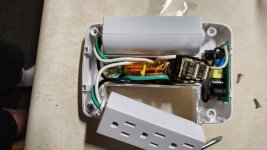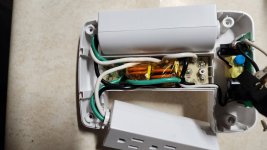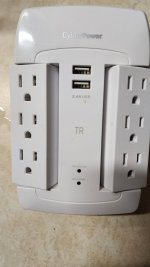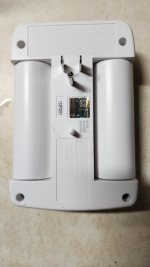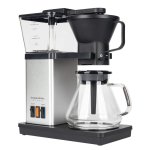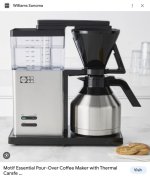LMichaels
TVWBB 2-Star Olympian
OK, as promised I have replumbed my RO and filtered lines to the following. https://www.menards.com/main/plumbi...1-ss4-s06/p-1444450662016-c-1535732895503.htm this feediing into a second inline carbon filter like this https://www.menards.com/main/applia...p-1501761042026-c-1525097549555.htm?exp=false which gives the water a final "polish" to it's taste and aroma. Which quite honestly now is really quite nice. No chlorine taste/odor, very clean taste really as good as best bottled water I have found. I then ran my TDS meter on water from my new setup, then on Ice Mountain natural spring water from Michigan, and finally on San Pellegrino which is bottled in northern Itally outside Brescia in the mountains there. Results are rather interesting The readings from the San Pellegrino were a little "flaky" I think due to the "bubbles" but I got a decent avg from it
First Ice Mountain TDS as shown in photo(s)
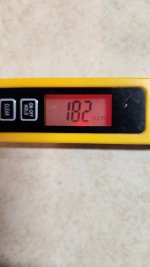
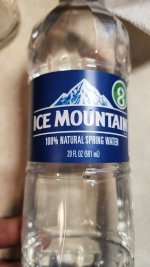
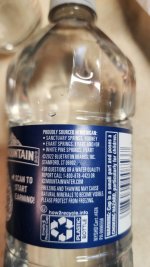
Now my own filtered water running as described
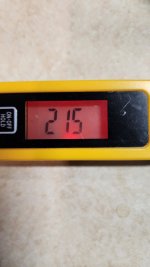
Then San Pellegrino
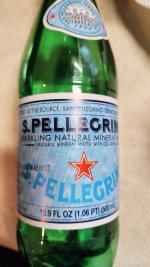
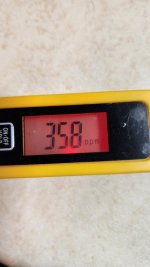
First Ice Mountain TDS as shown in photo(s)



Now my own filtered water running as described

Then San Pellegrino



